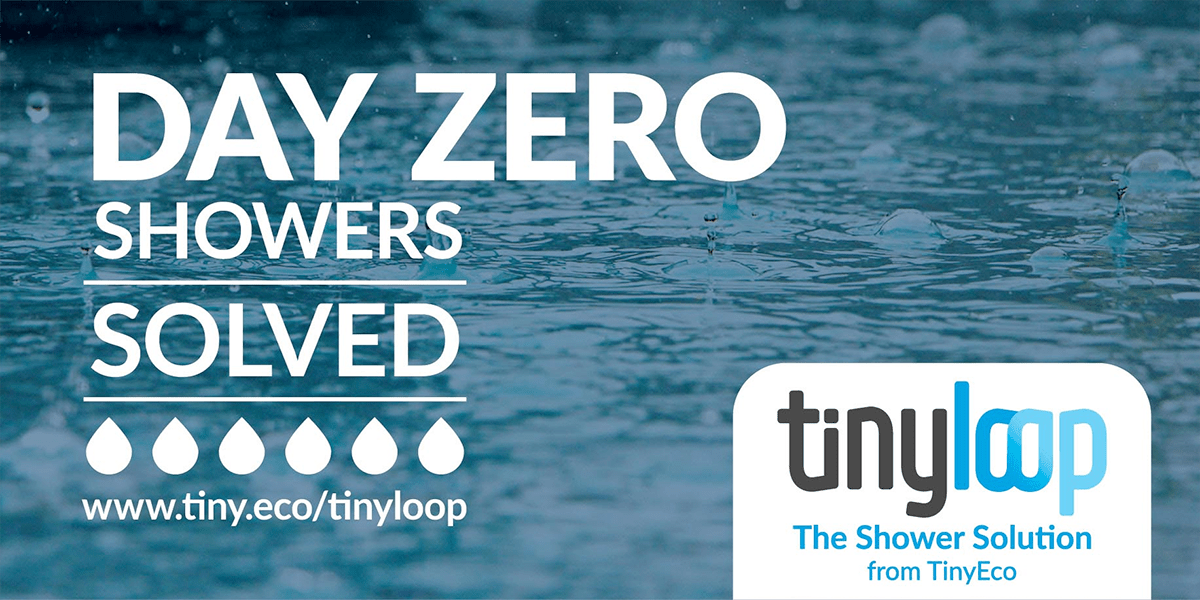
In just over 100 days, researchers expect Cape Town to run out of water. The South African megacity has traditionally enjoyed abundant rains during winter and a warm, pleasant climate during summer, but after three years of drought, experts now expect the city’s water system to collapse on June 4, 2018.
Currently, Cape Town’s citizens have access to 13.2 gallons of water per day, about a quarter of what the average American uses daily and equivalent to little more than a six-minute shower. Experts predict water levels in the six dams that feed the city will fall below 13.5 percent of their capacity on June 4, effectively leaving the city dry. On that “Day Zero,” nearly four million residents could see their water rationed to 6.6 gallons per day per person.
As time runs out for Cape Town, the brightest minds in Africa and beyond are scrambling for last-ditch solutions to stave off the crisis. Here are some of the most ambitious ideas that may buy time while the city sets up desalination plants and hopes for rain.
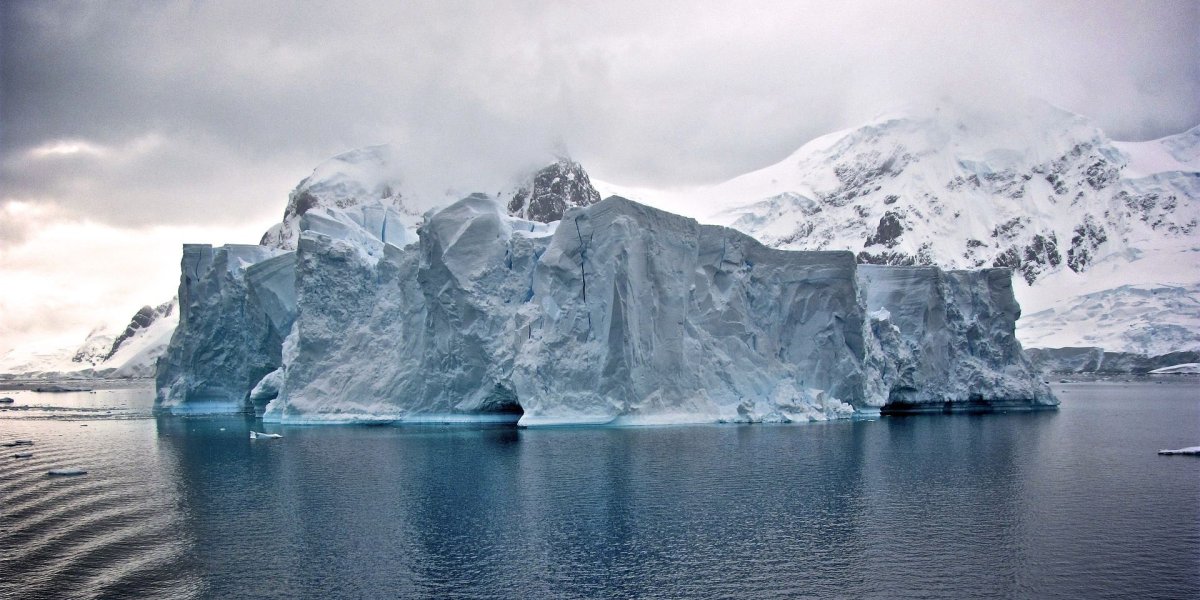
Proposed solution: Drag an iceberg down to Western Cape
What is it? As wild as it sounds, computer simulations have shown we could transport a mammoth clump of ice thousands of miles while retaining more than half its mass during the journey. A 2009 study by French software firm Dassault Systemes showed that it is possible to tow an iceberg with a weight of seven metric tons from the Canary Islands to the northwest coast of Africa in under five months and with a loss of only 38 percent of its mass.
With a budget of approximately $10 million, engineers could fit the iceberg with an insulating skirt to reduce melting and then tether it to a boat traveling at a speed of about one knot (1.1 miles per hour).
How will it help? After docking, the water would have to be distributed across the city, which would presumably add to the staggering costs of the operation. However, with Day Zero looming, the investment may be worth it. The Abu Dhabi-based National Adviser Bureau told Gulf News that the average iceberg could provide up to 20 billion gallons of fresh water. The Daily Maverick did the math: If such a wild idea were to come true, it could solve Cape Town’s water crisis for almost half a year.
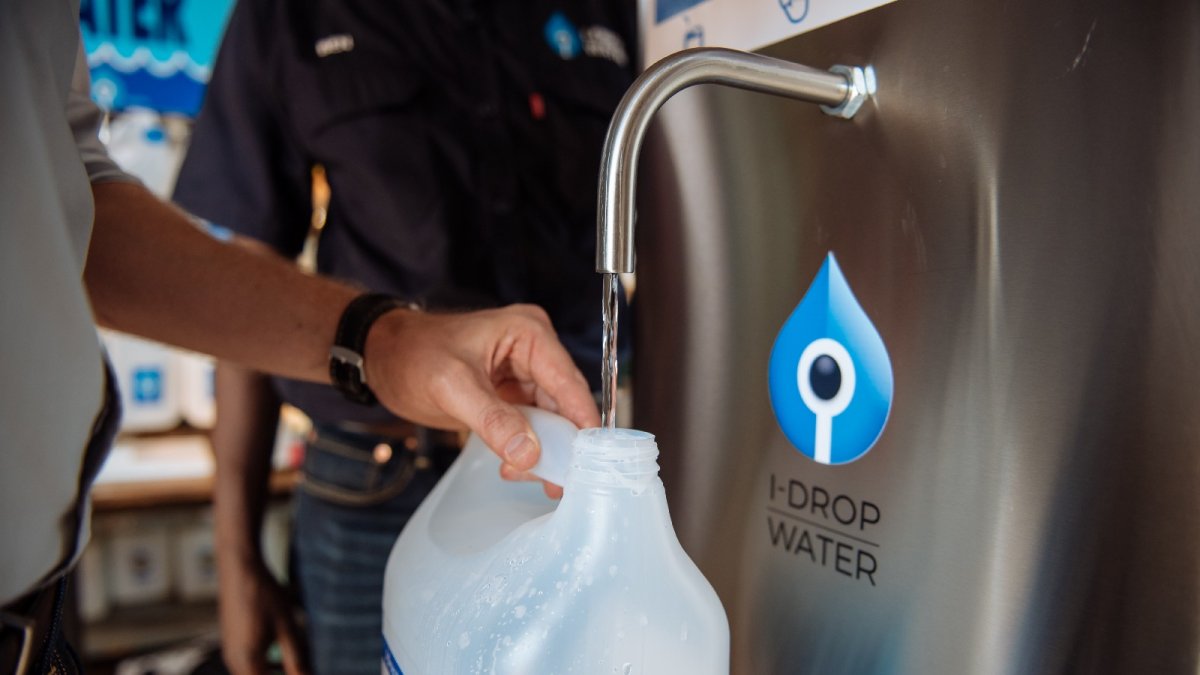
Proposed solution: I-Drop Water
What is it? Launched in 2015, this South African nonprofit distributes water purification systems to shops and grocery stores as a way to reach the most people while keeping water affordable. The filters remove viruses, bacteria, and sediments from the water, and a central station monitors the distribution units through an embedded SIM card, so shopkeepers pay for each gallon of dirty water they purify and sell.
How will it help? In the wake of the Cape Town crisis, Swedish group Bluewater, which also produces water purifiers, teamed up with I-Drop to distribute more systems across southern Africa. The goal is to keep the price of water lower compared to single-use bottles, while also tackling the growing problem of plastic pollution in the continent’s main urban centers. When Day Zero hits Cape Town and people are left with less than seven gallons a day, recycled dirty water could provide a life-saving top up.
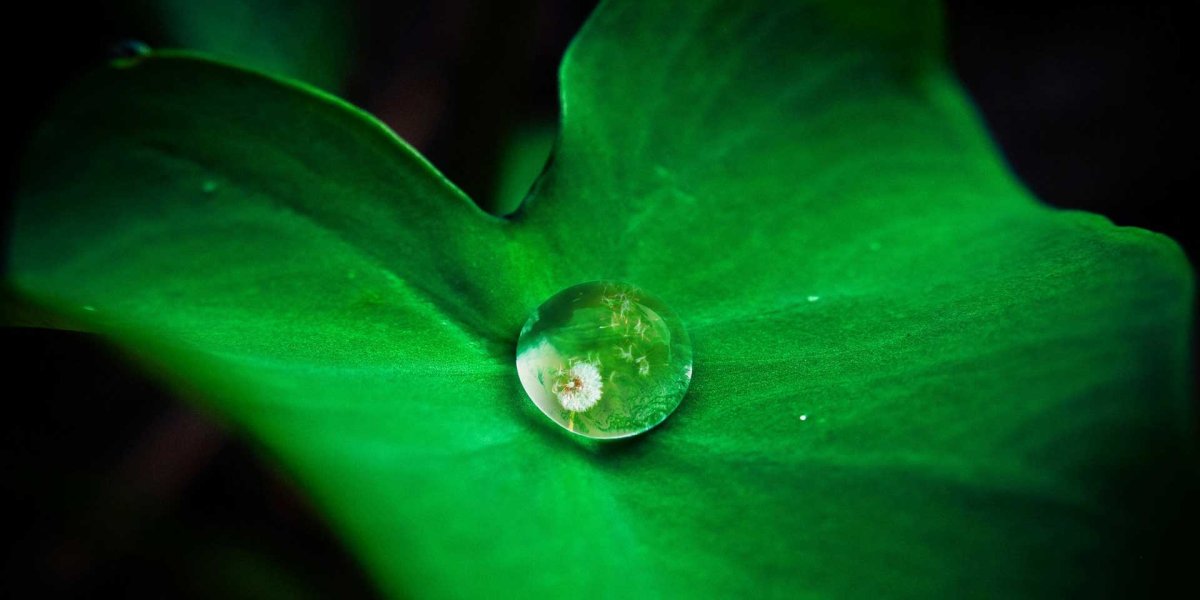
Proposed solution: Greenchain Engineering
What is it? The South African startup targets the entire water supply chain, providing rain harvesting systems as well as improving the management of gray water, which is not drinkable but can be used to wash dishes, run a washing machine, or take a shower. Although a lack of rain is currently Cape Town’s main problem, citizens could harvest rain from short showers from their roofs. The system filters and distributes water collected this way.
How will it help? The startup has started a conversation with the Cape Town municipality to roll out their services on a large scale. While equipping every roof with a water harvesting system may not stop Day Zero from arriving, it could help the city manage the limited resources left and potentially prevent future crises once the rain comes back.
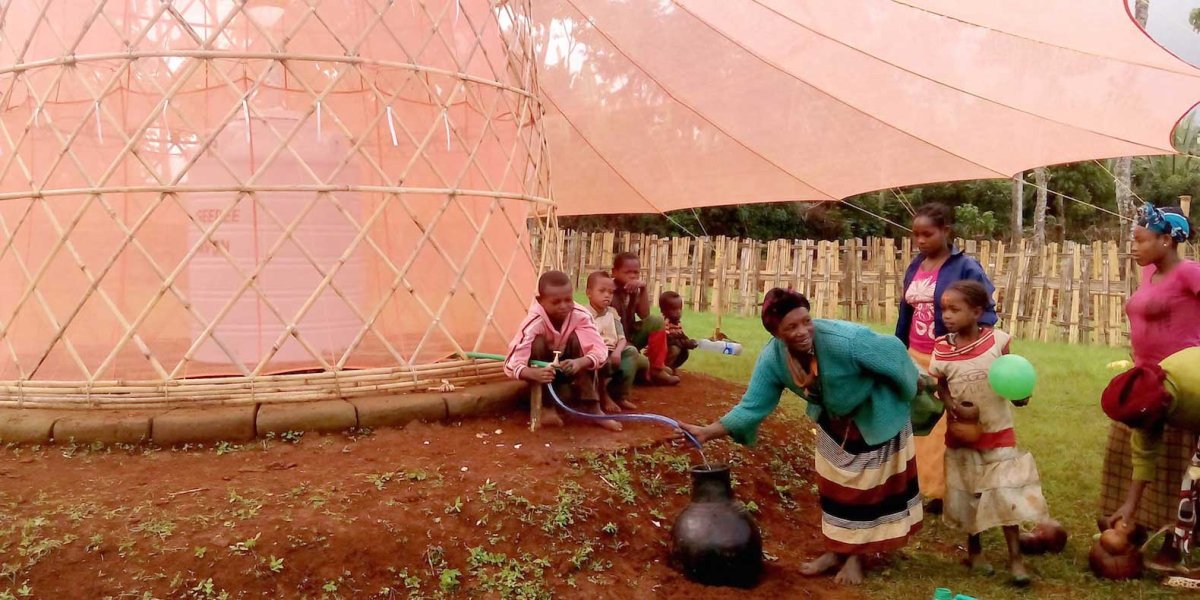
Proposed solution: Fog catchers
What is it? They come in various forms, from a simple square sail stretched between two poles to a complex tent-like structure, but their goal is the same: capture every droplet of moisture in the air and turn it into drinkable water.
The intricate fabric of a fog catcher traps condensation, be it from post-rain humidity or morning mist, and channels it into a container. The devices are designed to meet the needs of remote communities that have to rely on erratic rains for their daily water supply, and they’ve proven so popular people now use them everywhere in the world, from South America to Africa.
How will it help? Innovator Grant Vanderwagen is piloting a simple version of fog catchers in Cape Town. Although the idea is still little more than a proof of concept, the entrepreneur told VentureBurn that a single unit could produce up to 10,000 liters (2,200 gallons) of water per month, depending on the weather.

Proposed solution: #defeatdayzero
What is it? While the H2O (Hack Two Day Zero) hackathon held in Cape Town on February 9 and 10 was not a solution in itself, the array of fresh ideas generated could help the city get through the crisis.
How will it help? The participants had two days to work together and come up with a prototype that addresses short and long term implications of severe drought. The winning team created Tiny Loop, a battery-operated shower to prolong showers while using less water. They now have a cash prize to use to bring their project to life, and it could help citizens maintain proper hygiene during the crisis.
